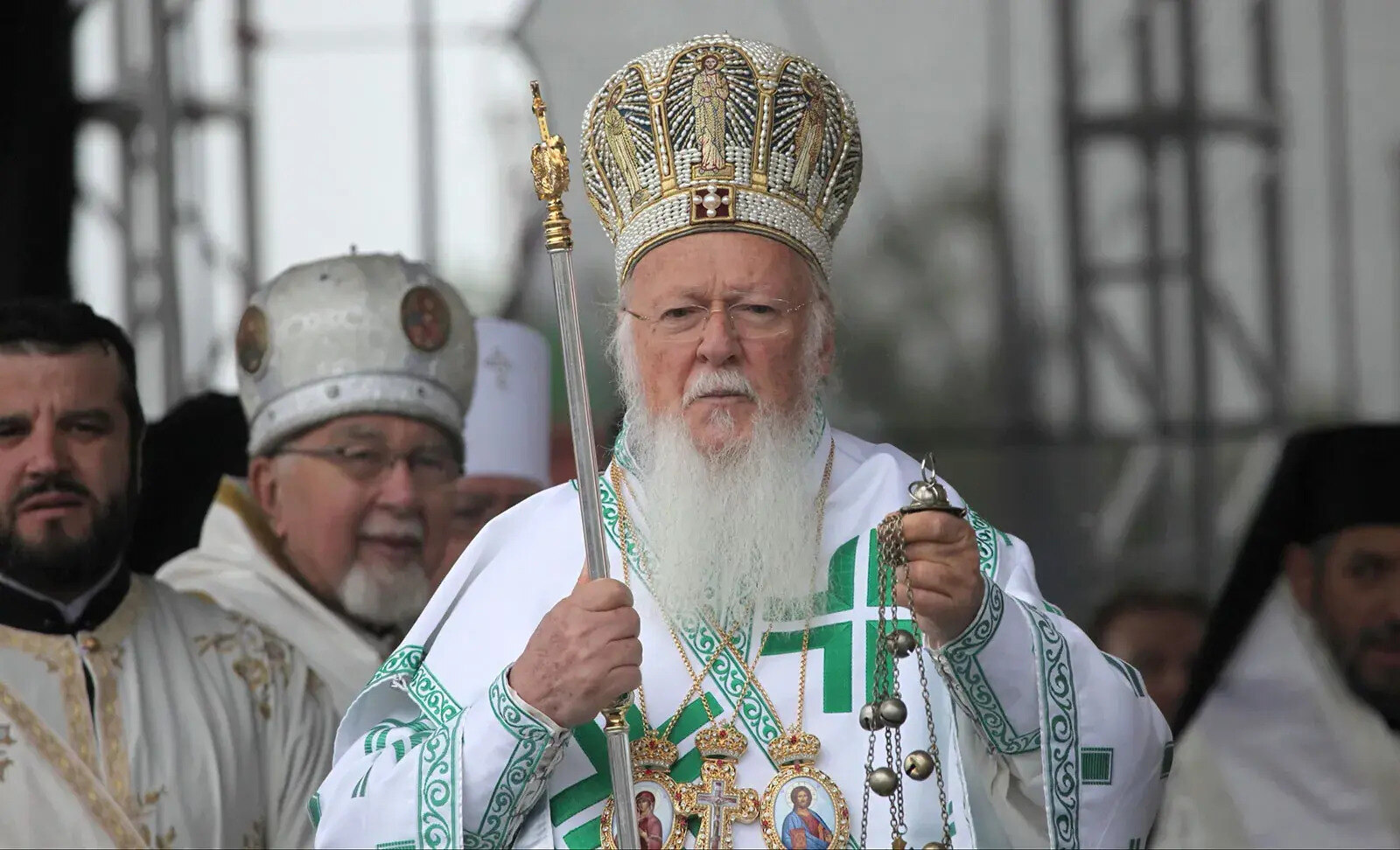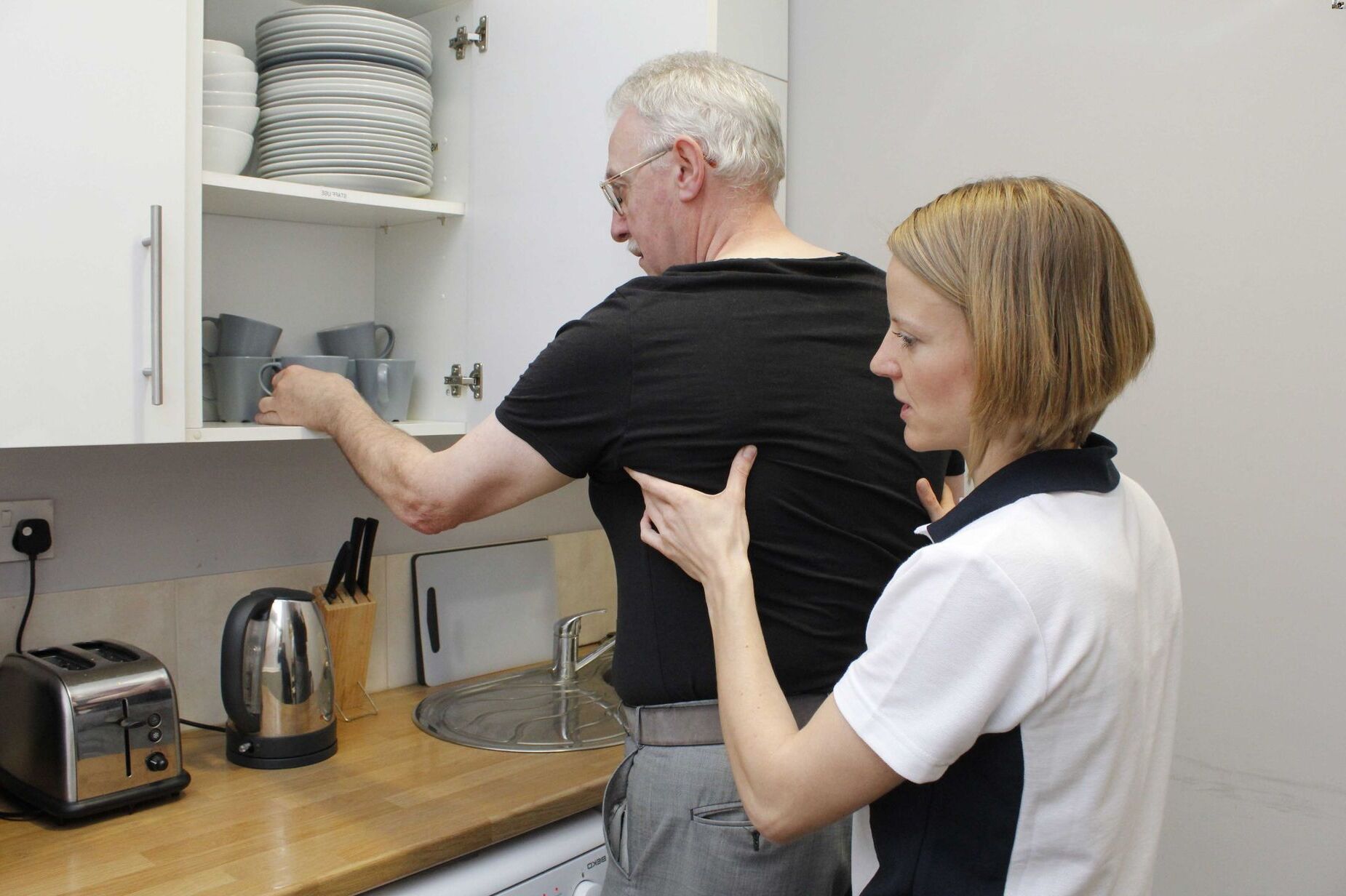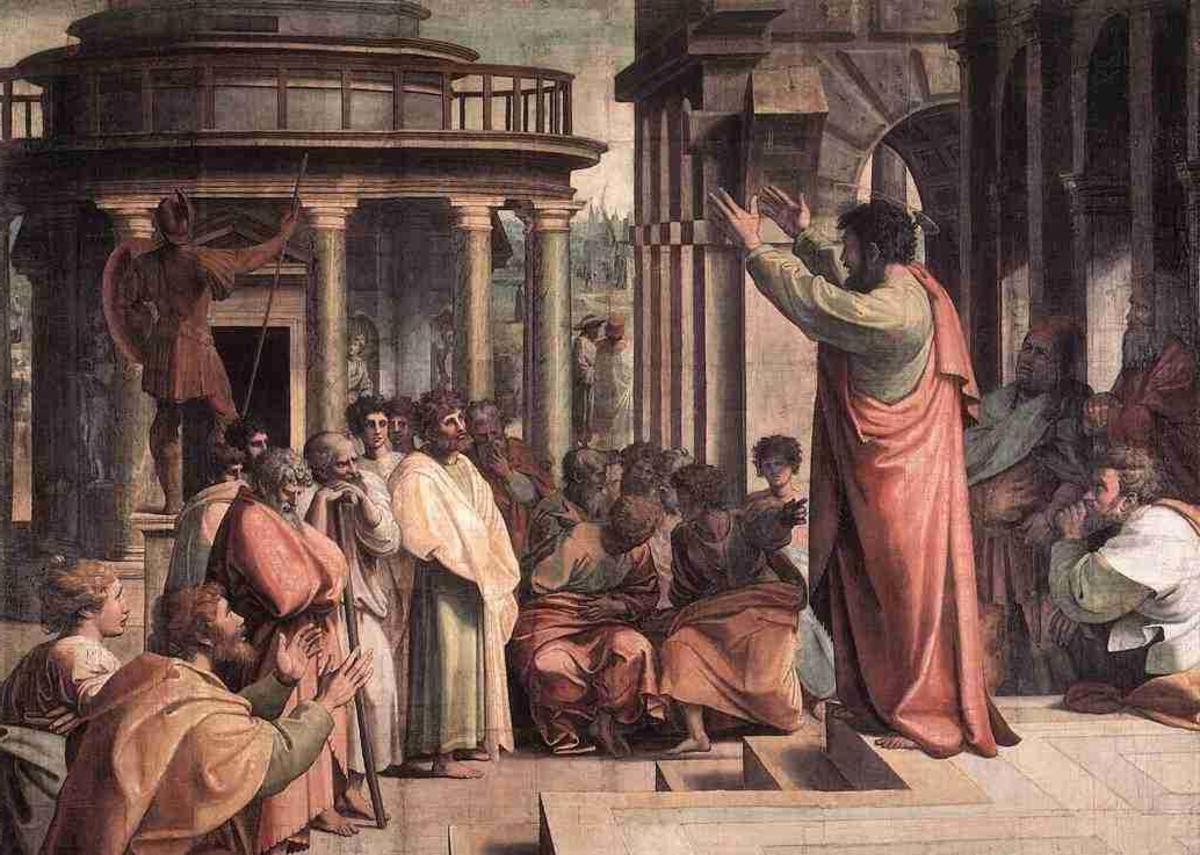
Patriarchal cross is a symbol rich in history and meaning. Often associated with Eastern Orthodox Christianity, this unique cross features two horizontal bars. The upper bar represents the inscription placed above Jesus during the crucifixion, while the lower, slanted bar symbolizes the footrest. Why does the lower bar slant? Some believe it points to the two thieves crucified alongside Jesus, one ascending to heaven, the other descending. This cross also appears in heraldry, especially in Hungary and Slovakia. Its design has evolved over centuries, reflecting cultural and religious shifts. Want to know more? Let's dive into 40 intriguing facts about this fascinating symbol.
The Role of Patriarchs in History
Patriarchs have played significant roles throughout history, often serving as leaders, spiritual guides, and cultural icons. Their influence spans across various societies and religions.
- The term "patriarch" originates from the Greek word "patriarches," meaning "chief or father of a family."
- In the Bible, patriarchs like Abraham, Isaac, and Jacob are considered the founding fathers of the Israelites.
- The Eastern Orthodox Church recognizes several patriarchs, including the Patriarch of Constantinople, who is considered the "first among equals."
- The Roman Catholic Church also has a few patriarchs, although their roles are more ceremonial today.
- In ancient Rome, the paterfamilias was the male head of the family, holding almost absolute authority over his household.
Patriarchs in Religion
Religious patriarchs often hold significant spiritual authority and are revered by their followers. They guide religious practices and uphold traditions.
- Abraham is considered a patriarch in Judaism, Christianity, and Islam.
- The Coptic Orthodox Church of Alexandria is led by a patriarch known as the Coptic Pope.
- The Armenian Apostolic Church is headed by two patriarchs: one in Etchmiadzin and another in Constantinople.
- The Syriac Orthodox Church has a patriarch based in Damascus, Syria.
- The Ethiopian Orthodox Tewahedo Church is led by a patriarch who resides in Addis Ababa.
Patriarchs in Different Cultures
Different cultures have their own versions of patriarchal figures, often serving as symbols of wisdom and authority.
- In Chinese culture, the family patriarch is known as the "jia zhang," who oversees family rituals and traditions.
- The Maasai people of East Africa have elders who act as patriarchs, guiding the community in decision-making.
- In Indian culture, the eldest male in a joint family often serves as the head, making crucial decisions for the family.
- The Inuit people of the Arctic have patriarchs who are skilled hunters and leaders within their communities.
- In ancient Greece, the "archon" was a patriarchal figure who held significant political and religious power.
Modern-Day Patriarchs
While the concept of patriarchs has evolved, modern-day patriarchs still hold sway in various aspects of life, from religion to family dynamics.
- The Dalai Lama, though not a patriarch in the traditional sense, serves as a spiritual leader for Tibetan Buddhists.
- In some rural areas of Italy, the family patriarch still plays a crucial role in maintaining family traditions.
- The British royal family has had patriarchal figures like Prince Philip, who was the Duke of Edinburgh.
- In many Middle Eastern countries, tribal leaders act as patriarchs, resolving disputes and guiding their communities.
- The Pope, as the leader of the Roman Catholic Church, is often seen as a global patriarchal figure.
Controversies and Criticisms
The concept of patriarchy has faced criticism, especially in modern times, for perpetuating gender inequality and limiting women's roles in society.
- Feminist movements have long criticized patriarchal systems for marginalizing women.
- In some cultures, patriarchal norms have led to practices like child marriage and dowry systems.
- The #MeToo movement has highlighted issues of abuse and harassment within patriarchal structures.
- Some religious institutions have faced backlash for excluding women from leadership roles.
- Efforts to dismantle patriarchal systems have led to significant social and legal reforms in many countries.
Patriarchs in Literature and Media
Patriarchal figures often appear in literature and media, symbolizing authority, wisdom, or sometimes, oppression.
- In "The Godfather," Vito Corleone is a classic example of a patriarchal figure in popular culture.
- Charles Dickens' "A Christmas Carol" features Ebenezer Scrooge, who transforms from a miserly patriarch to a benevolent figure.
- The character of Atticus Finch in "To Kill a Mockingbird" serves as a moral patriarch in his community.
- In "Pride and Prejudice," Mr. Bennet is the patriarch of the Bennet family, though his authority is often questioned.
- The TV show "Downton Abbey" features Robert Crawley, the Earl of Grantham, as the patriarch of the Crawley family.
The Future of Patriarchy
As societies evolve, the role of patriarchs continues to change, adapting to new norms and values.
- Gender equality movements are challenging traditional patriarchal roles, promoting more balanced family dynamics.
- Some religious institutions are re-evaluating the role of women, allowing them to take on leadership positions.
- In many modern families, decision-making is becoming more collaborative, reducing the dominance of a single patriarch.
- The rise of single-parent households is also changing the traditional concept of patriarchy.
- Technology and social media are giving a voice to marginalized groups, challenging patriarchal norms.
Interesting Facts About Patriarchs
Here are some intriguing tidbits about patriarchs that you might not know.
- The Patriarch of Moscow and all Rus' is the head of the Russian Orthodox Church, one of the largest Orthodox communities.
- The Ecumenical Patriarchate of Constantinople is considered the spiritual leader of Eastern Orthodox Christians worldwide.
- The title of "Patriarch of the West" was used by the Pope until it was dropped in 2006.
- The Patriarch of Lisbon is a unique title within the Roman Catholic Church, given to the Archbishop of Lisbon.
- In some African cultures, the role of the patriarch is passed down through matrilineal lines, meaning inheritance and succession are determined by the mother's lineage.
Final Thoughts on Patriarch Kirill
Patriarch Kirill's life is a blend of faith, leadership, and influence. From his early days in Leningrad to becoming the head of the Russian Orthodox Church, his journey is remarkable. His role in modernizing the church while maintaining traditional values has been significant. Kirill's influence extends beyond religious boundaries, impacting Russian politics and society. His stance on various issues, including his support for the Russian government, has sparked both admiration and controversy. Despite differing opinions, his dedication to his faith and his country remains unwavering. Understanding Kirill's life offers insight into the complexities of religious leadership in contemporary Russia. Whether viewed as a spiritual guide or a political figure, his impact is undeniable. His story continues to unfold, shaping the future of the Russian Orthodox Church and its followers.
Was this page helpful?
Our commitment to delivering trustworthy and engaging content is at the heart of what we do. Each fact on our site is contributed by real users like you, bringing a wealth of diverse insights and information. To ensure the highest standards of accuracy and reliability, our dedicated editors meticulously review each submission. This process guarantees that the facts we share are not only fascinating but also credible. Trust in our commitment to quality and authenticity as you explore and learn with us.


